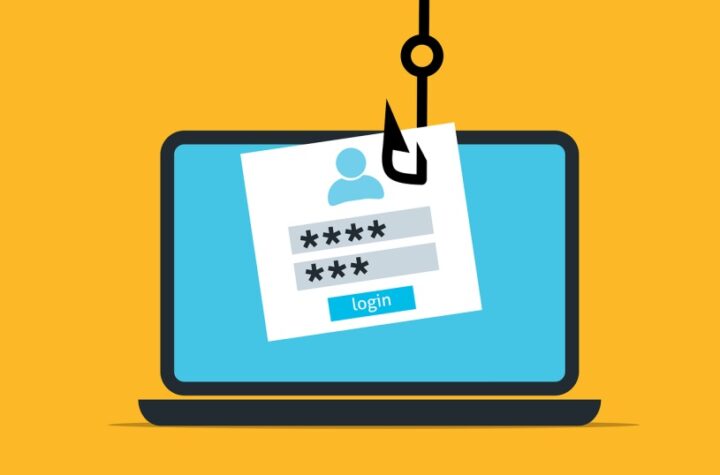
Spamming the mailing list again? First, don’t get mad at the postal service. They act within the law. There are special norms that limit the use of Internet communications for mass spam mailings. That is why you should study these norms to begin with, so that you can enter an extramural discussion with the company providing the data transfer services from the mailbox, if you wish. But it is better to stop fighting with justifiable restrictions. And get busy – start the process of creating a positive image for the account and achieve a legalized level of multiheaded-dollar mailings.
How to achieve a simple “warming up” of the mail
There are two ways. The easiest is to order a warming up service from e-marketing specialists and services. An example of such a service is at https://reply.io/email-warmup. The company Reply says that if you order their services, you can get your emails redirected to your inbox, build your domain name reputation, and safely scale your reach to potential buyers/customers.
The second way is more difficult, but also feasible – it will take care and organization of the newsletter writer. And his will to have spam filtering overridden. That is, you need to manually control the number of emails, their sending, reading, and other parameters.
What’s most important in overcoming spam filters
Here are a few tips. The first thing you should not do is to saturate your messages with words that immediately put the content of the message into the category of aggressive commercial mailings:
- FREE;
- GRAB;
- 50%.
Such words will obviously attract the attention of the mailing services’ analysts, and all the work will go in vain – you’ll have to restore trust again. It’s from this that the second important point follows – you should write your messages:
- simple human language;
- avoid repetitive keywords;
- do not use a rhythmic reference to the name of the company or a specific type of product.
This isn’t easy in a commercial newsletter, but it’s achievable. The only thing allowed is the repetition of specific data in a price list. But send such data in the form of tables or pamphlets should only be sent to users who view the message. Otherwise, again, you could end up in the list of “suspects” of spam.
Another important point is that you should not sharply, by order, increase the volume of mailings in the addresses. If you are talking about a mailing of 1 thousand clients, then you should not send messages to 2 or 3 thousand potential users the next day.
These are the most general observations. And you will have to work out your own algorithm for combating spam restrictions, since there are no universal formulas for a particular business.




More Stories
AI & Machine Learning: Dedicated Servers with GPUs – Powering the Future
Methods to avoid phishing scams
Anonymous note-taking – Tips for maintaining your privacy